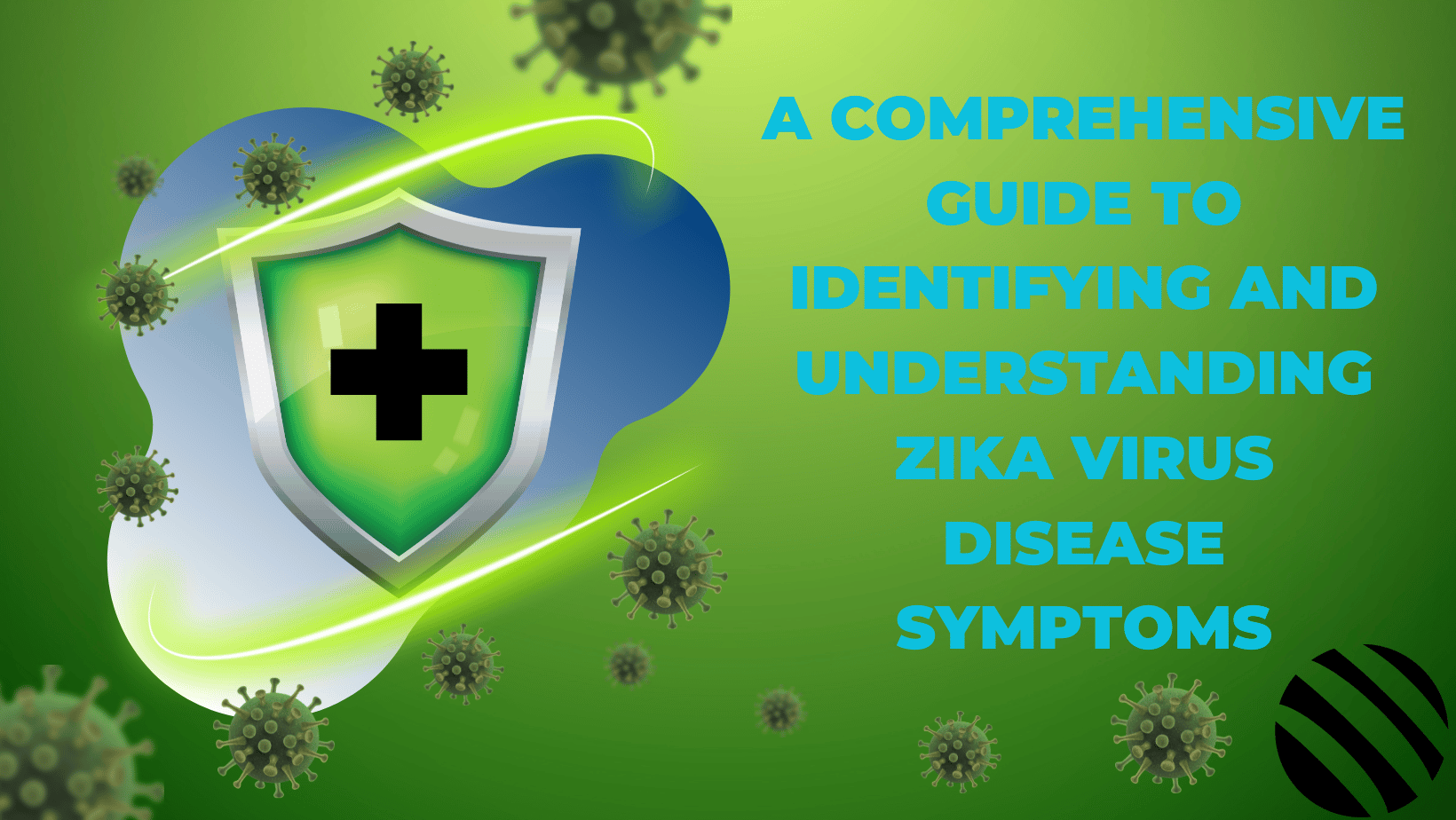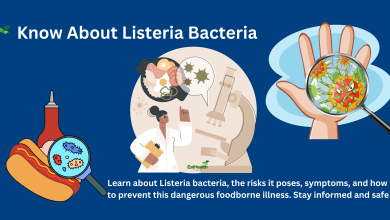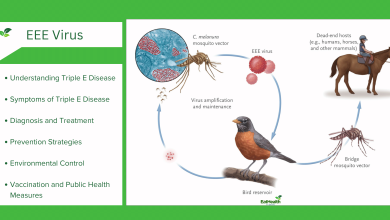What are The Symptoms of Zika Virus Disease?
A Comprehensive Guide to Identifying and Understanding Zika Virus Disease Symptoms
The Symptoms of Zika Virus Disease: A Comprehensive Overview
The Zika virus disease, a mosquito-borne illness, has garnered significant attention due to its potential for serious health complications. Understanding the symptoms of this viral infection is crucial for timely diagnosis and appropriate medical intervention.

Early Stage Symptoms:
In the initial stages of Zika virus infection, individuals often experience a range of mild to moderate symptoms. These can include fever, which may not be excessively high, accompanied by joint pain, muscle pain, and headaches. Additionally, individuals might notice a rash, often characterized by redness and itchiness. These symptoms, although non-specific, serve as early indicators that necessitate medical evaluation, especially in regions where the virus is prevalent.
Conjunctivitis and Other Eye Symptoms:
One of the distinguishing features of Zika virus disease is its tendency to cause conjunctivitis, commonly known as pink eye. This eye condition can result in redness, itchiness, and increased tearing. While the severity varies, the presence of conjunctivitis can be a valuable diagnostic clue, particularly when correlated with other symptoms.
Neurological Complications:
In some cases, Zika virus infection can lead to more severe neurological complications. One such condition is Guillain-Barré syndrome (GBS), a rare disorder in which the body’s immune system attacks the peripheral nervous system. This can result in muscle weakness, tingling sensations, and, in severe cases, paralysis. GBS underscores the importance of closely monitoring and managing Zika infections, as neurological complications can have long-lasting effects.
Vertical Transmission and Birth Defects:
Perhaps the most concerning aspect of Zika virus disease is its potential impact on pregnancies. The virus can be transmitted from a pregnant mother to her fetus, resulting in congenital disabilities collectively known as congenital Zika syndrome. Babies born to mothers who were infected with the virus during pregnancy can exhibit a range of birth defects, including microcephaly, where the baby’s head is smaller than expected due to improper brain development. This highlights the critical need for pregnant women, or those planning to become pregnant, to take precautions in areas where the virus is prevalent.
Asymptomatic Cases:
It’s worth noting that not everyone who contracts the Zika virus will exhibit symptoms. A significant portion of individuals may be asymptomatic, meaning they carry the virus without displaying noticeable signs. While this might seem less alarming, asymptomatic carriers can still transmit the virus to others through mosquito bites or sexual contact, underscoring the importance of vector control and safe sexual practices.
In conclusion, recognizing the symptoms of Zika disease is paramount for swift diagnosis, especially in regions where the virus is a concern. From mild flu-like symptoms to more severe neurological complications and the potential for birth defects, the range of manifestations underscores the need for vigilance, particularly among pregnant women and those planning to conceive. Staying informed, practicing preventive measures, and seeking medical attention if symptoms arise are key steps in managing the impact of Zika virus disease.




